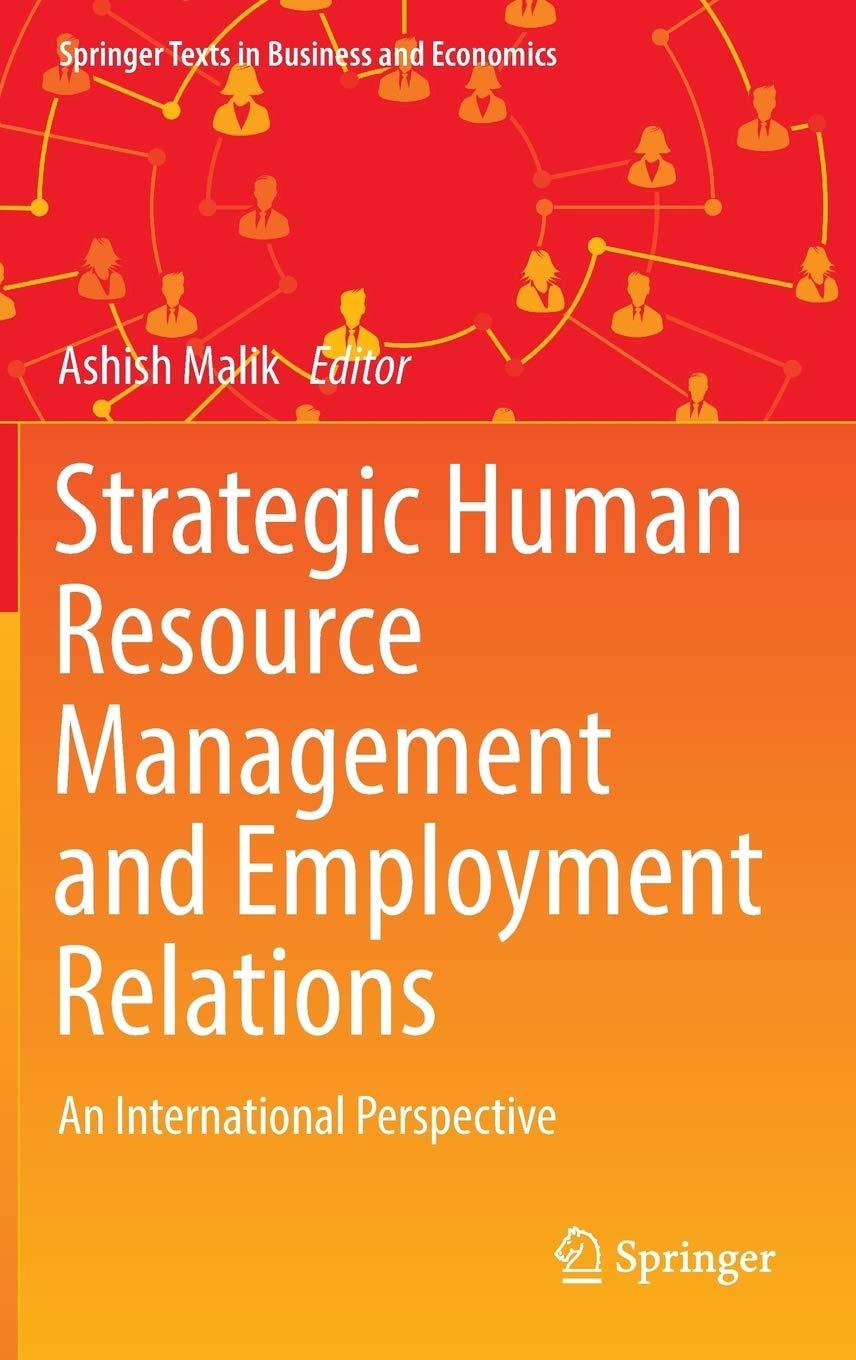It was another Friday evening at the office, when Dimitris was looking at the view of Piraeus
Question:
It was another Friday evening at the office, when Dimitris was looking at the view of Piraeus port, thinking some words from the last meeting: “We need to do what needs to be done, in order to be fully compliant, over and above regulations, industry standards and principals’ requirements. Our commitment to compliance ‘by-the-book’
is our way of doing business, and money should be spent for this concept”.
Dimitris is the Chief Operating Officer (COO) of Dorian LPG Management Corporation, the wholly owned subsidiary of Dorian LPG Ltd. Dorian is tasked with the technical management of the fleet owned by the parent company. Dimitris has been also a member of the shore technical management team since 2004, when the shipping company was a small one, with three owned ships on the water (plus two under management from other owners), manned with less than 80 seafarers and 17 people ashore. The Chairman and CEO John Hadjipateras, holding a long experience on tanker vessels management, had announced the new strategy of the company.
He envisioned his 200-year-old family shipping company running in a niche market, that of Liquefied Petroleum Gas (LPG) carriers. LPG was considered one of the energy resources of the future, and at that time (2001), there were very few ships in the world, specialised to carry this dangerous, liquid commodity. The number of competitors in the LPG market was limited. Entry barriers were high, due to stringent regulations and industry standards. Clients were also few, and already known to the management team, as the same oil majors were chartering Dorian tanker vessels for decades. The option to buy second-hand ships was not even considered, as the characteristics of the existing fleet (in terms of ship age, capacity, technology)
did not match to Dorian’s strategy which would focus on modern, fuel efficient ships with clear advantages over the existing ones.
Today Dorian provides in-house commercial and technical management services for its fleet, including its vessels participating in the Helios Pool LPG (Helios Pool)
(Singapore). The company operates a fleet of 22 modern VLGCs, including 19 new fuel-efficient 84,000 cbm2 ECO-class3 (eco-) VLGCs and 3, 82,000 cbm VLGCs (the latter built between 2006 and 2008). The fleet has a total carrying capacity of approximately 1.8 million cubic meters and an average age of 2.8 years (as of April 30, 2017). The company has offices in Stamford, Connecticut (USA) where the headquarters are located, London (UK) and Athens (Greece). Corporate and financial management is operated by the Stamford office. Marine operations, technical management, Health, Safety & Environmental Management (HSE), supplies and accounting activities are run from the Athens office, while chartering, legal and commercial operations are conducted in London. Crewing (management of the seagoing personnel) is conducted by the Athens office, in collaboration with Magsaysay Inc. (Magsaysay) (the Philippines) and Pasat Ltd. (Pasat) (Croatia)....
Case Study Questions
1. Discuss the key people management challenges that Dorian faced.
2. Examine the links between Dorian’s business strategy, organisational culture and its people management system.
3. Analyse and critically Evaluate Dorian executives’ decisions concerning the selection of crew, by examining the cultural compatibility.
Step by Step Answer:

Strategic Human Resource Management And Employment Relations An International Perspective
ISBN: 9789811303982
1st Edition
Authors: A. Malik





